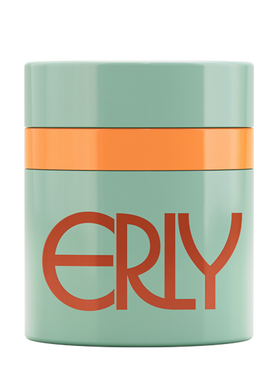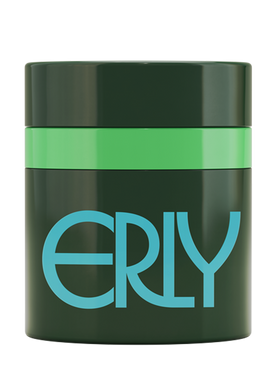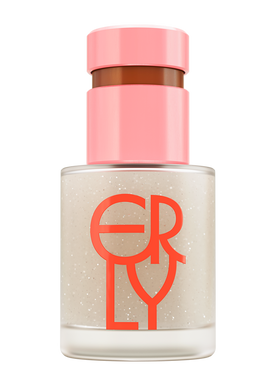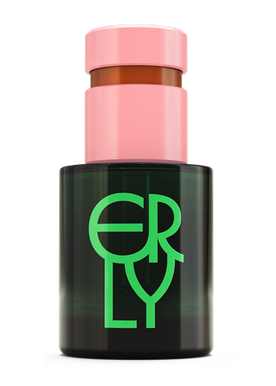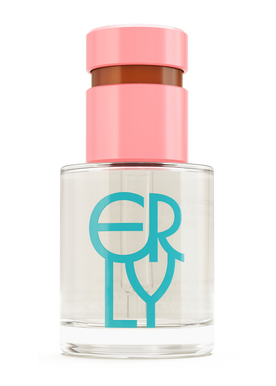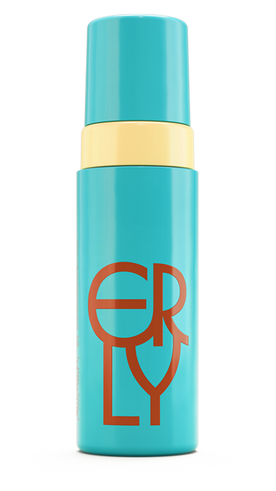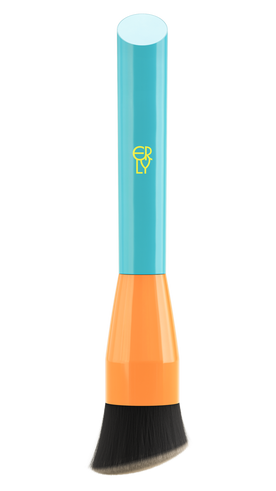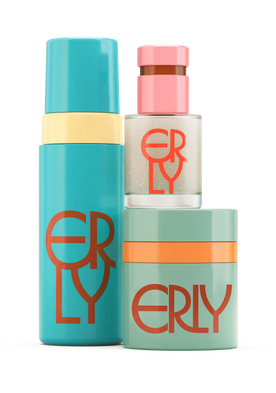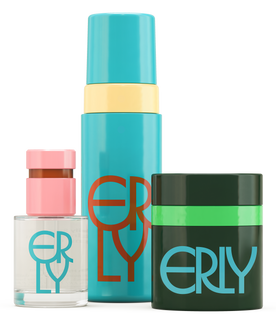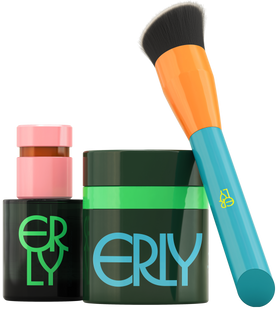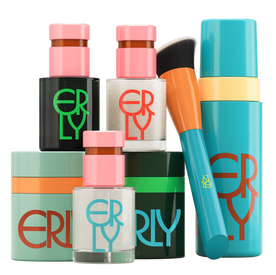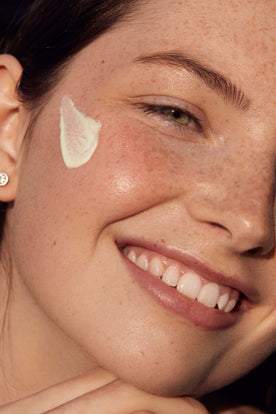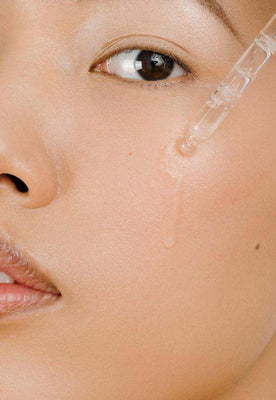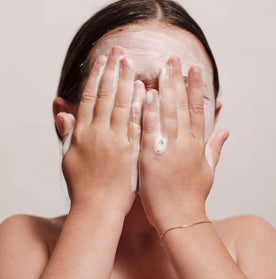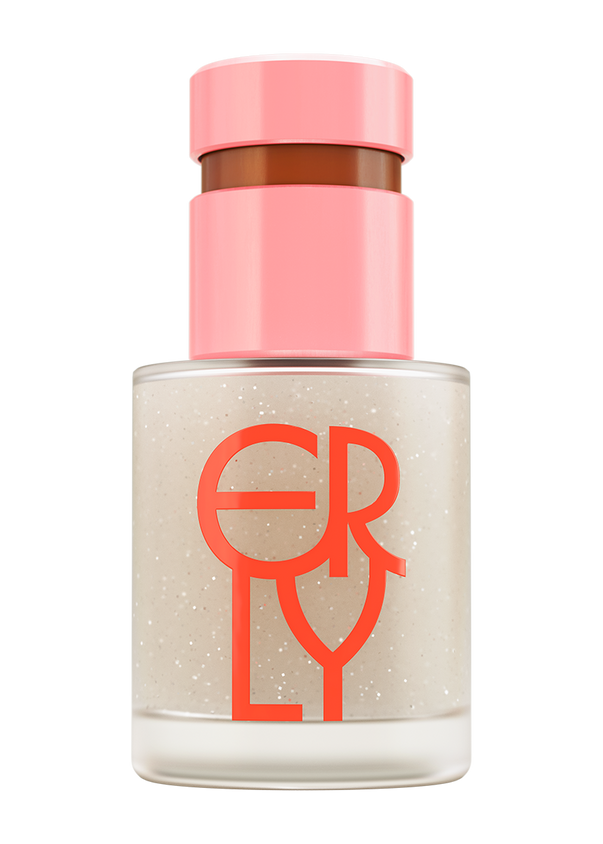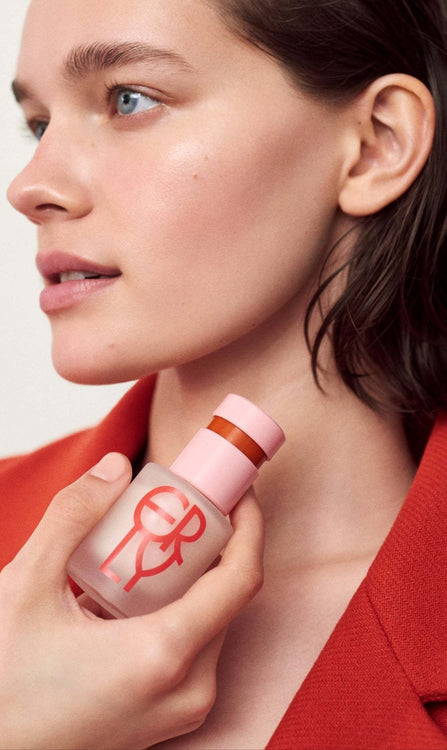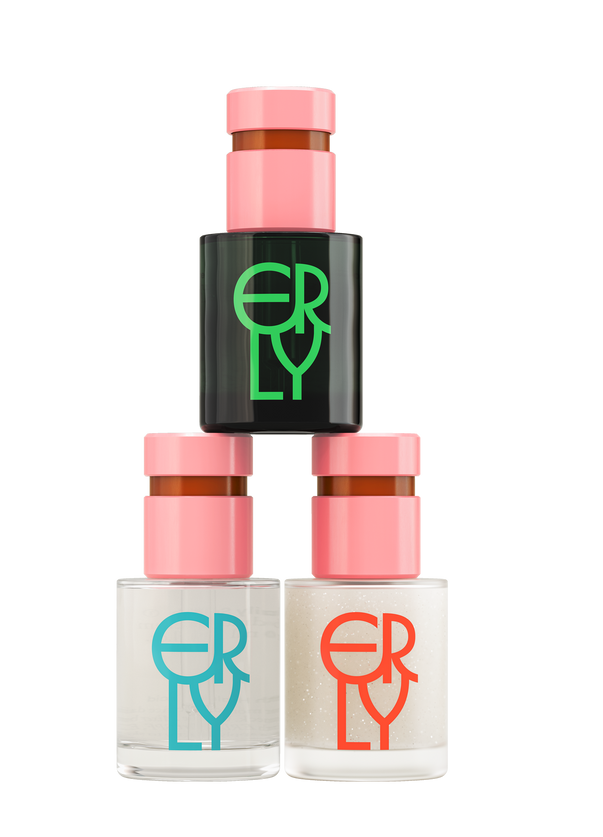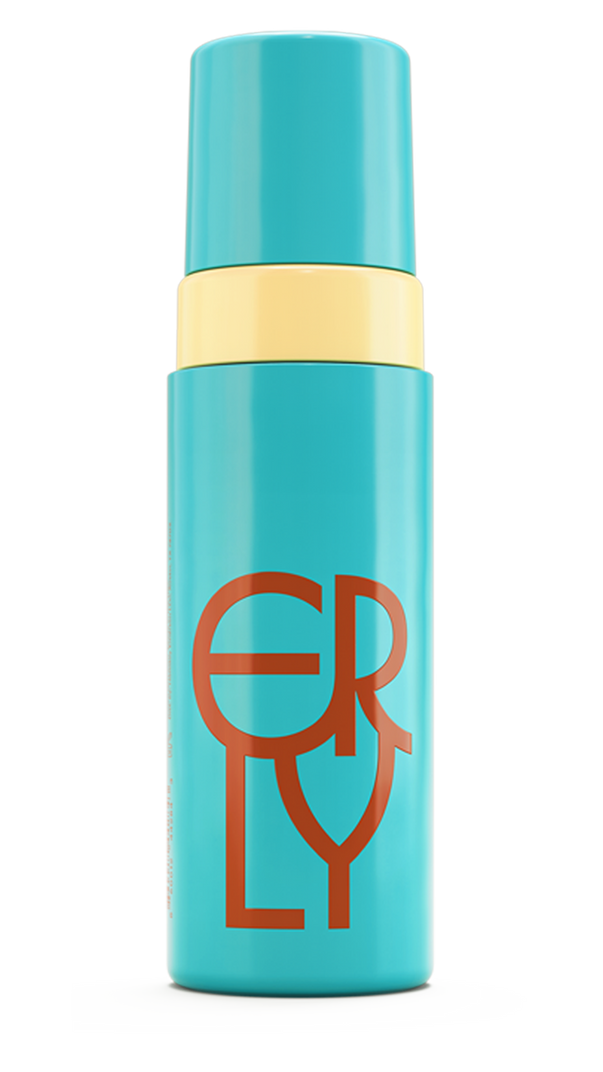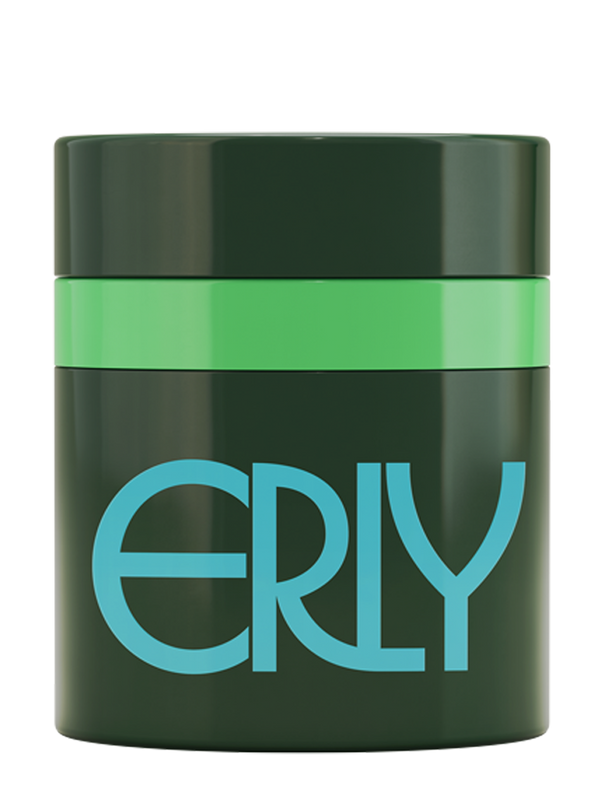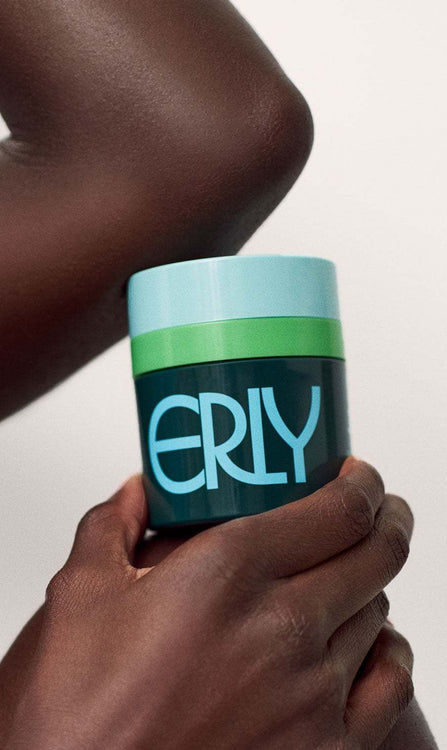If you’ve ever read the back of a skincare product and spotted “hyaluronic acid” (often abbreviated as HA), you might have wondered why it’s everywhere—and why dermatologists keep raving about it. Is it some high-tech synthetic ingredient? A magic potion? Or just another beauty buzzword? The truth is, hyaluronic acid is neither trendy nor new. In fact, your body already makes it—and it’s been quietly keeping your skin plump, hydrated, and smooth your entire life.
Let’s break down what it really is, why it’s so important, and how you can use it for maximum skin benefits.
The Science: Hyaluronic Acid in a Nutshell
Hyaluronic acid is a type of glycosaminoglycan—a long chain of sugar molecules naturally found in our skin, eyes, and connective tissues. One of its main jobs is holding onto water. Think of it like a microscopic sponge: one molecule of HA can bind up to 1,000 times its own weight in water.
In the skin, it lives primarily in the dermis (the deeper layer) but also in smaller amounts in the epidermis (the surface layer). Its presence keeps skin cells well-hydrated, which is essential for smooth texture, elasticity, and barrier function.
Unfortunately, as we age—and due to environmental stressors like UV exposure and pollution—our natural HA levels decline. That’s one reason skin tends to feel drier, look duller, and show fine lines more readily over time.
Why “Acid” Doesn’t Always Mean Harsh
The word “acid” can make hyaluronic acid sound intimidating, like it’s going to peel your skin. But unlike exfoliating acids such as glycolic or salicylic acid, HA is not an exfoliant at all. In chemistry, “acid” simply refers to its molecular structure—not its effect on your skin.
In fact, hyaluronic acid is famously gentle and non-irritating, making it safe for all ages and skin types, including sensitive, acne-prone, and even post-procedure skin.
The Hydration Analogy
Imagine your skin is like a dry sponge on the kitchen counter. Without water, it’s rough, stiff, and brittle. But when you soak it, the sponge becomes soft, pliable, and smooth. That’s essentially what hyaluronic acid does for your skin—it pulls in water and keeps it there, so your cells stay hydrated and healthy.
Your skin cells are like tiny water balloons. When they’re full, they’re round, smooth, and bounce back easily. When they lose water, they deflate—making your skin look flat and creased. Hyaluronic acid works like a slow, steady faucet that keeps those balloons topped up all day long.
This is especially important because hydrated skin isn’t just about appearance. Proper moisture levels help your skin barrier function optimally, defending against irritants, allergens, and bacteria.
Not All Hyaluronic Acid is the Same
One thing many people don’t realize is that HA comes in different molecular weights:
-
High molecular weight (HMW) HA sits on the surface of the skin, forming a film that helps prevent water loss and gives an immediate plumping effect.
-
Low molecular weight (LMW) HA penetrates deeper into the skin, hydrating from within and helping improve elasticity over time.
-
Ultra-low molecular weight HA reaches even further into the skin’s layers for longer-lasting hydration.
A well-formulated HA serum, like Daily Splash, will often include multiple forms of HA to hydrate at different depths.
The ERLY Approach: Daily Splash
At ERLY, we formulated Daily Splash with three forms of hyaluronic acid to deliver multi-level hydration. This means you’re not just getting a quick surface glow—you’re supporting your skin’s deeper hydration reserves as well.
Daily Splash also layers beautifully under moisturizers and sunscreen, and it’s fragrance-free, hypoallergenic, and suitable for all ages and skin types. Whether you’re dealing with dryness from winter air, post-sun tightness, or just want that dewy “I drink 8 glasses of water a day” look, Daily Splash can help you get there.
How to Use Hyaluronic Acid for Best Results
Here’s the secret: hyaluronic acid works best when there’s water available for it to grab onto. If you apply it to completely dry skin in a very dry environment, it can pull water from your skin’s deeper layers instead—leaving you drier in the long run.
Dermatologist tip:
-
Start with damp skin (right after cleansing or spritzing with water).
-
Apply your HA serum, like ERLY Daily Splash.
-
Seal it in with a moisturizer to lock in the hydration.
This “hydrate then seal” method mimics how your skin barrier naturally works and makes your hyaluronic acid products much more effective.
Hyaluronic Acid Beyond Skincare
HA isn’t just a cosmetic ingredient—it’s used medically in joint injections for osteoarthritis, in eye surgeries, and even in wound healing products. This versatility speaks to its safety and importance in human physiology.
Common Myths, Debunked
Myth 1: Hyaluronic acid is only for dry skin.
Not true—oily and acne-prone skin can be dehydrated too. Hydrating with HA can help balance oil production and improve skin texture.
Myth 2: It stops working after a while.
Your skin doesn’t “get used to” hyaluronic acid. If it feels like it’s not as effective, you may need to adjust how you apply it or layer it with other products.
Myth 3: All HA products are the same.
The formulation matters—a lot. Concentration, molecular weights, and complementary ingredients all affect performance.
Final Thoughts
Hyaluronic acid isn’t a fad—it’s a naturally occurring, skin-loving molecule that works with your body to keep your skin hydrated, smooth, and resilient. By using it correctly and consistently, you can help replenish what time and environmental stress take away.
If you’re looking for a high-quality, dermatologist-approved option, ERLY Daily Splash is a great place to start. With three forms of HA for multi-depth hydration, it’s like giving your skin a long, refreshing drink of water—every single day.
